The Jotunheimen Ridgeline Trek is one of the most iconic high-mountain hiking routes in Scandinavia, located in Jotunheimen National Park in central Norway. Jotunheimen, which means “Home of the Giants,” is a fitting name for this dramatic landscape of jagged peaks, sweeping valleys, icy lakes, and snow-dusted ridges. Norway Jotunheimen Ridgeline Trek: An Informational Guide.
This area is home to Norway’s highest mountains, including Galdhøpiggen and Glittertind, both over 2,400 meters. The ridgeline trek is especially known for its thrilling high-altitude paths that offer sweeping views of glaciers, rugged cliffs, and alpine meadows. It’s a must-visit for serious hikers, alpine trekkers, and nature lovers who are looking for something challenging yet deeply rewarding.
This trek provides a raw, immersive encounter with Norway’s mountainous heart—an adventure defined by solitude, silence, and some of the most breathtaking scenery in northern Europe.
Best Time to Visit
The best time to trek Jotunheimen’s ridgelines is from mid-June to mid-September, depending on snow conditions.
- June to early July: Melting snow, lush valleys, and fewer tourists.
- Mid-July to August: Best trail conditions, long daylight hours, and open huts.
- September: Cooler, quieter, and excellent for photography with autumn colors.
Winter trekking is not recommended unless you have mountaineering experience, as snow and extreme weather can make the terrain dangerous.
How to Reach
Getting to Jotunheimen is part of the experience. Though remote, it’s well connected by Norway’s reliable transport system.
By Air:
- Fly into Oslo Gardermoen Airport (OSL).
- From Oslo, it’s around 4.5 to 6 hours by road or bus to the park.
By Train and Bus:
- Take a train from Oslo to Otta, then transfer to a local bus heading toward Lom or Gjendesheim, common starting points for treks.
- Summer season buses are scheduled to match hikers’ needs, especially in July and August.
By Car:
- Renting a car gives flexibility. Roads are well-maintained, with scenic drives through mountains and lakes.
- Free and paid parking is available at popular trailheads like Gjendesheim or Spiterstulen.
Entry Fees and Permits
- Entry to Jotunheimen National Park is free.
- No permits are required for hiking within the park boundaries.
- If staying in Norwegian Trekking Association (DNT) huts, you may need a membership or guest pass, though many huts accept non-members for a slightly higher fee.
Note: Some parking lots charge a fee (usually around NOK 100 to 200 per day). Check signage at the trailhead.
Food Availability and Meal Options
- Bring your own food for most of the trek. The ridgeline routes do not pass through villages or commercial areas.
- DNT cabins offer hot meals (by reservation), self-service food stores, or kitchens for self-cooking.
- Most hikers pack:
- Dehydrated meals
- Energy bars and trail mix
- Dried fruits, nuts, and oat-based snacks
- Water is drinkable from mountain streams and lakes, but carry a bottle and purifier just in case. Norway Jotunheimen Ridgeline Trek: An Informational Guide.
Packing List and Essentials
Conditions in Jotunheimen can change quickly. Here’s what you’ll need:
- Sturdy hiking boots (waterproof, with ankle support)
- Layered clothing: Base layer, fleece, waterproof shell
- Rain jacket and pants
- Backpack (30–50L) with chest and hip support
- Sleeping bag liner (for hut stays)
- Map and compass (offline GPS as backup)
- Headlamp (especially for early starts)
- Food and snacks
- Water bottles or hydration system
- Trekking poles
- First aid kit
- Hat, gloves, and extra socks
- Emergency whistle and foil blanket
Optional but useful:
- Lightweight camp stove (if camping)
- Dry bags or waterproof backpack cover
Safety Tips and Local Regulations
- Check the weather forecast before starting. Conditions can shift rapidly.
- Avoid exposed ridgelines in stormy or foggy weather.
- Always inform someone of your route if hiking solo.
- Stick to marked trails—the terrain is rugged and navigation can be difficult.
- In case of emergency, dial 113 for rescue services.
- Overnight camping is allowed in most areas but follow the Norwegian Outdoor Recreation Act: leave no trace, camp 150 meters away from buildings, and stay respectful.
Tips for Beginners or First-Time Visitors
- Start with a shorter trek like Besseggen Ridge before attempting multi-day ridgeline hikes.
- Use DNT cabins to reduce the need to carry a tent and cooking gear.
- Always pack for sudden cold—even in summer, snow can fall at high elevations.
- Learn how to read basic Norwegian trail signs and markers.
- If unsure, join a guided trek, especially for glacier crossings or exposed ridgelines.
- Midweek hikes often mean quieter trails compared to weekends.
Local Customs and Cultural Etiquette
- Norwegians deeply value nature. Respect trails, wildlife, and fellow hikers.
- You’re welcome to greet others on the trail—a simple “Hei” (hello) is common.
- Remove boots at hut entrances and clean up after yourself when using shared facilities.
- Camping is allowed, but avoid staying too close to private cabins or farmlands.
- Tipping is not expected but is appreciated in guided services or mountain lodges.
FAQ: Jotunheimen Ridgeline Trek
Q1: How long is the Jotunheimen Ridgeline Trek?
A: There’s no single official route. Multi-day ridge treks can range from 40 km to over 100 km, depending on chosen paths.
Q2: What is the altitude?
A: Trails vary from 1,000 to 2,400 meters above sea level. The air is crisp, but altitude sickness is rare.
Q3: How difficult is the trek?
A: Most ridge treks are rated moderate to challenging, requiring good fitness, balance, and hiking experience. Some sections involve scrambling or snow patches.
Q4: Are there restrooms on the trail?
A: Basic toilets are available at cabins and trailheads. In nature, follow “leave no trace” rules—dig a small hole, 100 meters from water sources.
Q5: Can I do it solo?
A: Yes, many hikers do. However, solo hiking is best for those with experience in route-finding and wilderness travel.
Q6: Is there mobile signal?
A: Limited in remote areas. Download maps offline and carry a power bank.
Q7: What is the most famous ridge hike in the area?
A: The Besseggen Ridge Hike, though shorter, is one of the most famous in Norway and offers great ridge walking for a day hike. Norway Jotunheimen Ridgeline Trek: An Informational Guide.
Q8: Are mountain huts available?
A: Yes. The DNT operates dozens of staffed and self-service cabins across Jotunheimen. Booking in advance is recommended in peak season.
Q9: Is wild camping allowed?
A: Yes, as long as you follow local rules—camp at least 150 meters from any building and don’t leave any waste.
Q10: Are dogs allowed?
A: Dogs are allowed on trails, but in summer, some areas may require them to be leashed to protect wildlife.
Final Thoughts
The Jotunheimen Ridgeline Trek is more than just a hike—it’s a journey into the wild beauty of northern Europe’s alpine core. Towering peaks, glacier-fed lakes, and rugged ridgelines combine to create a remote and exhilarating trekking experience. Whether you’re aiming to cross Besseggen or take on longer routes that stretch over days, this region offers some of the best high-mountain hiking in Norway. Norway Jotunheimen Ridgeline Trek: An Informational Guide.
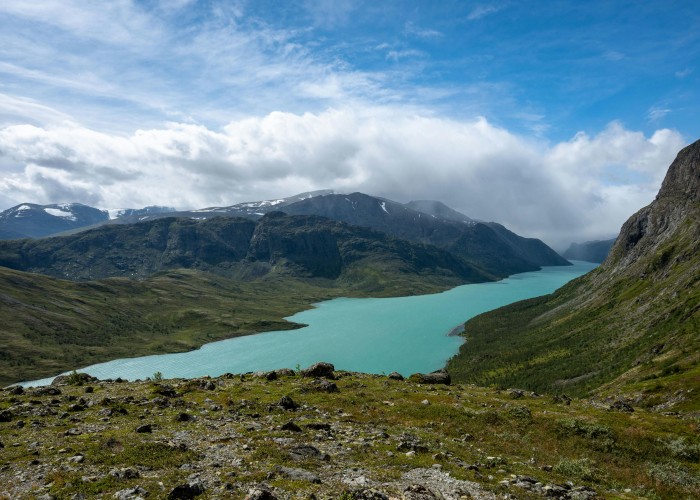
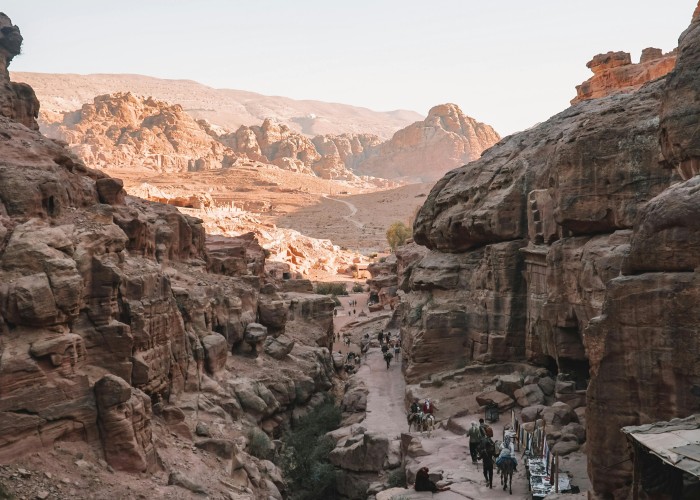
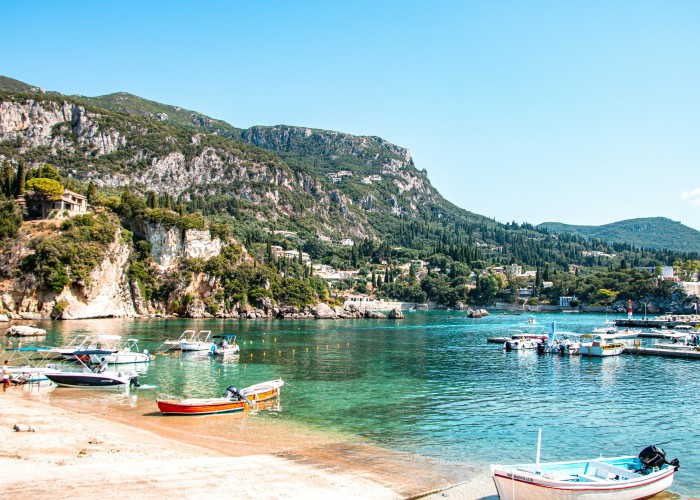
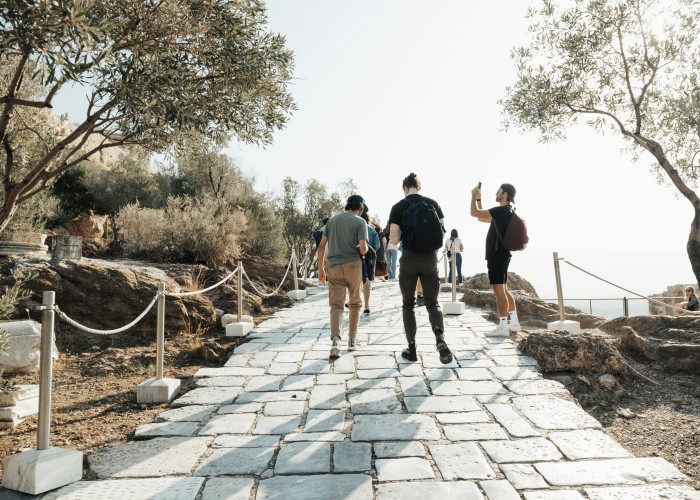

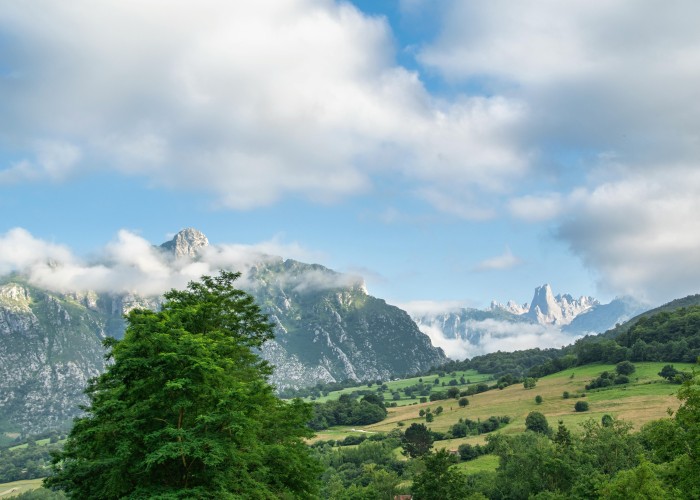
Leave a Reply